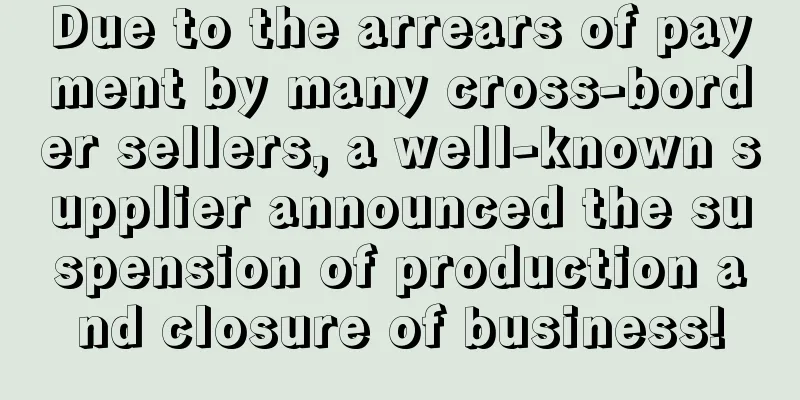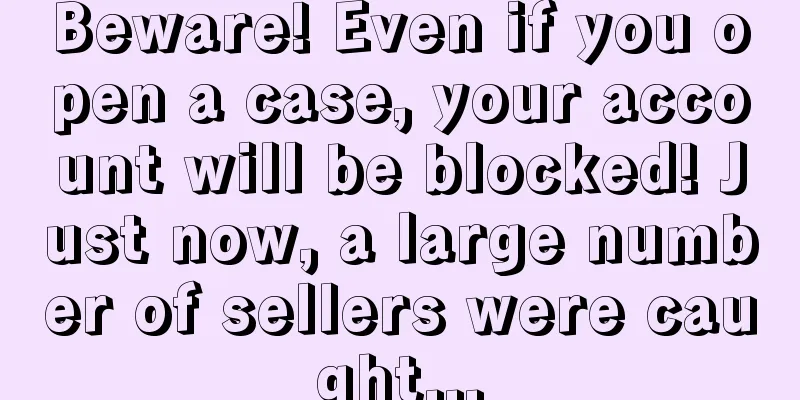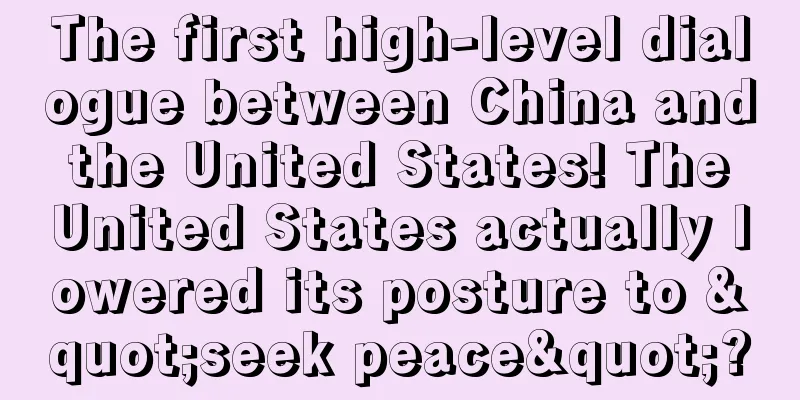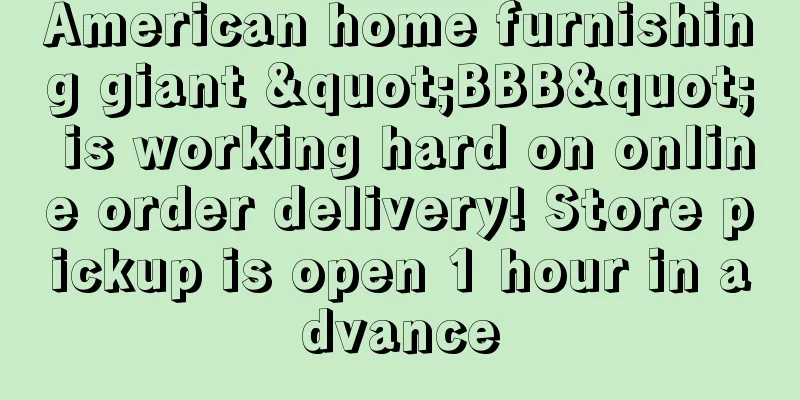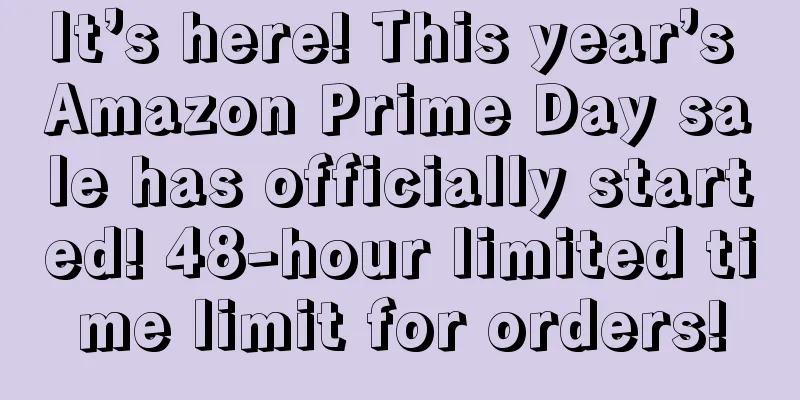Sellers beware! Don't put this label on your product or your goods will be confiscated and you will be fined?
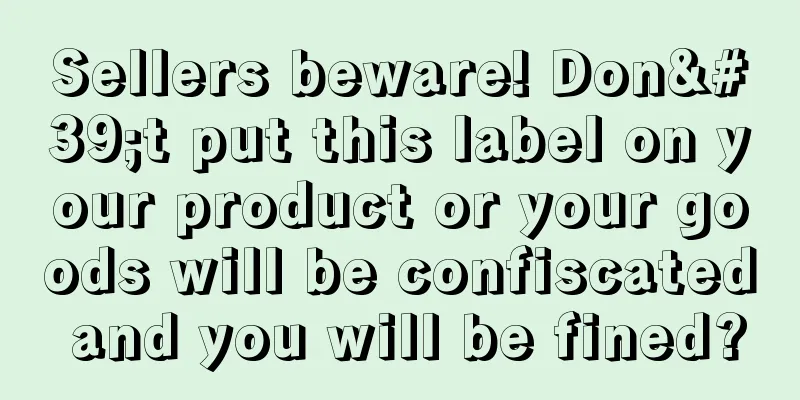
|
This morning, in the seller communication group, many sellers reported that the Amazon system had malfunctioned, and the Amazon front desk and seller listings had gone down.
Another group of sellers said that they received another fake order warning letter from Amazon today, and speculated whether it was a new wave of mass mailings.
In addition to fake orders and account suspension, there is another piece of news that should also attract the attention of all sellers. Today, a freight forwarding notice circulated among sellers. The notice shows that from today on, all channels going to the United States must have the label "Made in China" on the outer boxes and products , otherwise the following consequences will occur: the local import will not be allowed; the local will return the goods to the original place; the US government may confiscate these goods or impose fines on these goods. Finally, the notice also stated that any losses caused will be borne by the sender.
▲ The picture comes from the seller communication group In the seller communication group, many sellers also received this message from the freight forwarder and said that some of their products did not have the "Made in China" label.
▲ The picture comes from the seller communication group
In response to this notice, more sellers said that this requirement has existed for a long time, but this announcement seems to apply to all addresses in the United States, large or small, private addresses, etc.
Why do exported goods have to be labeled “Made in China”?
According to the U.S. Consumer Product Safety Act (CPSIA), all consumer products exported to the United States are required to have two traceability labels:
The origin label must be in English, must be obvious and easy to identify, and the method of marking the origin label must be reasonable and comply with U.S. Customs standards. The US Los Angeles Port Customs is particularly strict and often detains shipments that do not meet the requirements. Once a shipment is detained due to an issue with the origin label, there are only two ways to deal with it: return or destroy. About the certificate of origin and origin label: The certificate of origin is a document used to prove the origin of goods during customs clearance, while the label of origin is a mark printed or affixed to the packaging of goods to indicate the origin of the goods. Although the two have the same purpose, they have different functions. The certificate of origin is mainly used for customs clearance and tax settlement, while the label of origin is to help consumers identify the origin of the product. Both are indispensable when goods are exported. Companies must remember to communicate well with foreign customers first. When exporting, not only do they need to apply for a certificate of origin, but they must also indicate the origin information on the packaging or mark of the goods to avoid the return of goods due to such problems. In fact, this regulation has always existed in the customs, and the United States has always had this requirement for customs clearance, but the inspection is sometimes strict and sometimes loose. If the customs spot checks that the goods are not labeled " Made in China ", it may lead to customs detention, resulting in delays in the original time limit promised to customers, causing unnecessary losses to customers.
Sellers have different opinions on the "Made in China" label. Some sellers insist on complying with regulations and affixing the label to every product shipped; some sellers are lucky enough to think that it doesn't matter if the label is not affixed, as long as customs does not check it, there will be no problem.
▲ The picture comes from the seller communication group
There are also many sellers who are hoping for the best and do not put the label on their products. Since sellers and supply chains are not familiar with customs rules or find it troublesome, they do not pay attention to the country of origin label. In recent years, there have been many incidents involving "Made in China" labels . A large number of goods exported to various countries have been detained, detained, returned, destroyed, fined, etc. because they are not printed or affixed with "Made in China" labels... Seller A: I sent dozens of express deliveries to the United States this year, but they still failed. The products did not have the "Made in China" label, and I was the first one to have my goods detained. I lost tens of thousands of dollars. Seller B: The products exported to Chile were seized by the local customs because the seller forgot to affix the origin label, and was fined US$4,000! Seller C: The goods were not labeled "Made in China", and the US Customs required on-site rectification during the inspection, costing tens of thousands of dollars... Real cases one after another have sounded the alarm for sellers. A thousand-mile dam is destroyed by an ant hole. Details determine success or failure. You cannot rely on luck when doing cross-border e-commerce. Therefore, sellers must pay attention to this. From now on, every batch of goods, every box of goods, and every product, no matter which country it is sent to, must be printed or affixed with a " Made in China " label. Do not take any chances.
Here we would like to remind all sellers that before the peak season, Amazon will often increase its review efforts and pay attention to the movements of sellers, so sellers should still be cautious in their operations and never break the rules. Otherwise, what awaits sellers is Amazon’s reckoning, which will not be worth the loss. Text✎ Yi Xin/ Statement: When reprinting this article, the title and original text must not be modified, and the source and original link must be retained. |
>>: Home handicrafts are very popular, these 8 platforms are worth a try
Recommend
What is the difference between Amazon's "Refurbished" and "Merge"?
Normal, once there is data abnormality, such as s...
What is Cross-border Pei? Cross-border Pei Review
Cross-border Pei (Xiamen) Technology Service Co., ...
What is Discovery International Logistics? Discovery International Logistics Review
Ningbo Discovery International Logistics Co., Ltd....
Breaking news! A large number of Amazon sellers’ keyword rankings have disappeared
Normal, once there is data abnormality, such as s...
US Black Friday and Cyber Monday sales rankings released, Amazon is the biggest winner
It is learned that in this year's Black Friday...
Breaking news! Amazon is strictly checking these two types of products, and more than 5,000 sellers have been affected!
Shortly after the beginning of 2021, big things ha...
Amazon's major changes! What trends will it bring?
Yesterday, Amazon released its 2020 Q4 financial ...
Zhiou IPO reopens! Selling fake goods worth 4.4 billion, 46.41 million permanently frozen!
According to a survey conducted by , for Amazon se...
What is Quantify Ninja? Quantify Ninja Review
Quantify Ninja is a comprehensive operational tool...
Amazon Performance Review Form
Today's Share Amazon Performance Review Form A...
Brexit deadline! Changes for European sellers
On January 31, 2020, the UK will leave the EU and...
What is Exist.ru? Exist.ru Review
Exist.ru is the earliest e-commerce website in Rus...
Walmart poaches PayPal's CFO to further capture e-commerce market
According to the latest news from Walmart, PayPal ...
What is ACA? ACA Review
The Associated Chartered Accountants (ACA) belongs...

